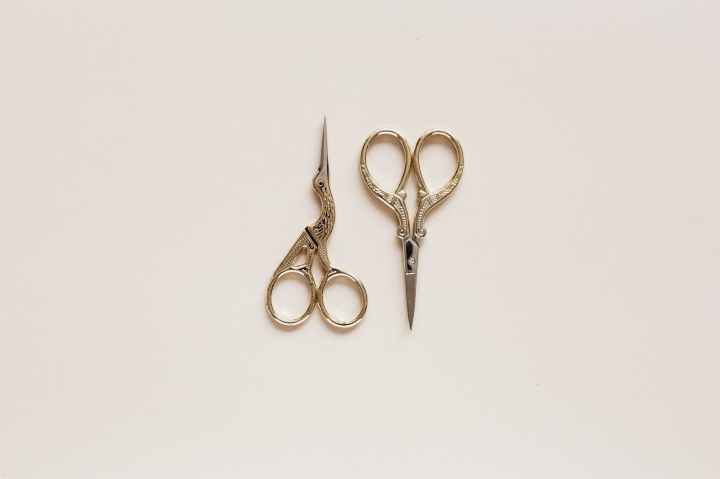
I think we can all attest that we’ve impulse purchased a piece of clothing that has hung in our closet, tags still on and never worn, only to be discarded months or years later. We have all fallen victim to fast fashion, the relatively new concept that has drastically changed the industry and way consumers purchase.
Since the Industrial Revolution, clothing production has increased while prices have dramatically fallen. Inventions such as the sewing machine and manmade fibers like polyester have revolutionized what we wear on our bodies today. But with these garments being rapidly produced and sold at such little prices, what are fast fashion’s hidden costs?
According to worldbank.org, the multi-billion dollar fashion industry produces 10% of the world’s carbon emissions, approximately 100 billion new garments are made each year, and estimates that every year 500 billion US dollars is lost each year to clothing that is thrown away or barely worn.
Statistics from theconsciouschallenge.org display alarming rates of consumption and resources. The average t-shirt uses 2,700 liters of water to produce, and a pair of jeans alone takes 3,781 liters. It is estimated that 20% of global industrial water pollution comes solely from the textile industry which produces the vibrant colors, unique patterns, and finishes on the fabric that goes into our clothing.
These statistics are alarming, but are still just a glimpse into the very unsustainable side of the fashion industry. Fast fashion not only is extremely harmful to the environment, but unethical towards a majority of its factory workers.
One of the biggest reasons some clothes can afford to be so cheap is because only 2% of garment workers actually make a living wage (fashionrevolution.org). Often, these garment workers are exposed to dangerous, cramped, and poorly ventilated conditions. These problems don’t just affect the livelihoods of those who produce our clothes, but actual lives. With such low wages, many are unable to meet their basic needs of food, shelter, clothing, and healthcare costs. Furthermore, tragic accidents have happened such as the Rana Plaza in Bangladesh which collapsed in 2013. More than 1,000 garments workers lost their lives and 2,500 were injured due to the unsafe and unregulated construction of the building.
While fashion has been made more accessible to every consumer, individuals on average are now purchasing 60% more clothes than they did in 2000 (worldbank.org). With a growing population and ever increasing demand, theconsciouschallenge.org predicts apparel consumption will rise another 63% by 2030. And, amongst all this production, only 1% of clothing is recycled each year. Of the 92 million tons that are thrown away globally each year, those that are made out of manmade fibers will remain in landfills for 20-200 years (goodonyou.eco).
However, there are many efforts we can make to combat these ever increasing problems. Some tips from worldbank.org are to check if the manufacturer used ethical and sustainable practices, recycling garments after they wear out, repairing clothes instead of throwing them away, buy only what you need, consider the quality, and to buy second hand. See my article Fashion and Sustainability on a Budget for more tips.
Before we buy the next garment that catches our eye, we must remember we cannot see the hands who’ve sewn it or the carbon footprint its created, so we must continue to ask ourselves, at what cost?
